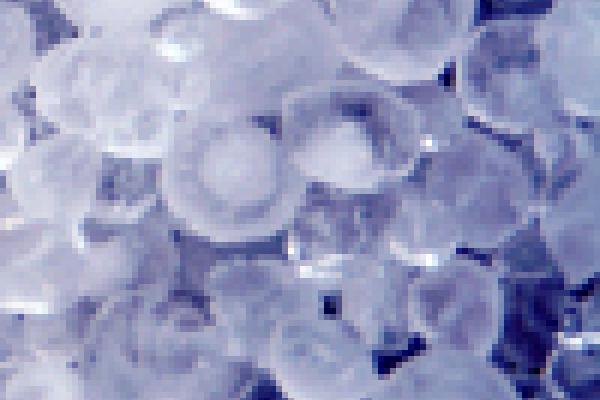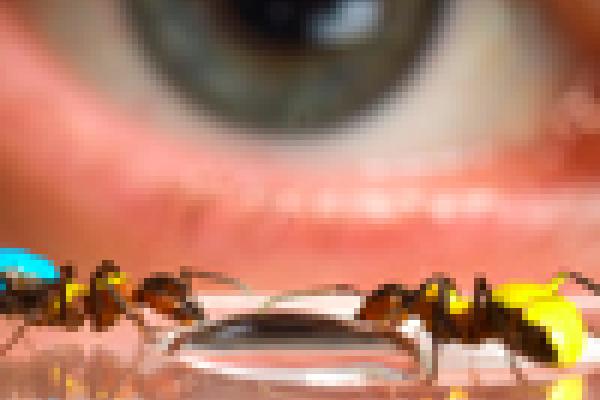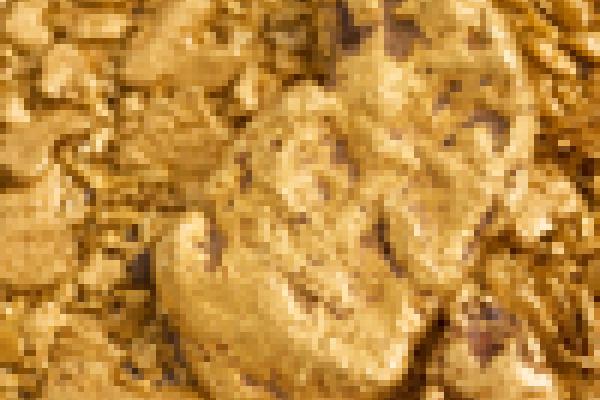Blog post
Blog post
Cycling in circles in France
Watching cyclists struggle through the Tour de France from our armchairs (or should it be deckchairs?) is great fun, but as Burkard Polster and Marty Ross have discovered, it would be even more fun if the cyclists cycled in circles.
Blog post
Laugh in the face of death
Cows kill 20 Americans every year. But you can halve your chance of dying of a heart attack by drinking 8 bottles of wine a week. Laugh in the face of death at the new comedy show with stand up mathematician Matt Parker and comedian Timandra Harkness...
Blog post
For the perfect cup of coffee...
The Maths Promotion Unit told us that today's Guardian Education Supplement is a bumper issue for maths.
News story

Mathematicians rival octopus in World Cup final prediction
A new mathematical analysis of team tactics predicts a Spanish win in Sunday's FIFA World Cup final and also sheds some light on why England were trashed by Germany.
News story

Hailstones revisited
"Mathematics is not yet ready for such problems." This is what the mathematician John Conway reportedly said about the Collatz conjecture, a simple-looking, yet unsolved mathematical mystery. This week Plus hosted two intrepid work experience students, Sabrina Qian and Joe Dickens, who decided to have a go at this fiendish problem nevertheless. And they made some intriguing discoveries. Here is what they came up with.
Blog post
World cup maths
If you are (or were) an England fan and don't feel like watching Germany's unstoppable advance to take the ultimate trophy, why not use the freed-up time to look at the maths behind the beautiful game...
News story

How do insects find their way home?
When insects go foraging, they zoom off from their nest in complex zig-zag paths. How do they manage to find their way back home? And how do they manage to do so along a straight path? These questions are explored in an exhibit at the Royal Society Summer Science Exhibition, currently taking place at the Southbank Centre in London.
News story

A molecule's eye view of water
Water is essential for life on Earth, and it is a resource we all take for granted. Yet it has many surprising properties that have baffled scientists for centuries. Seemingly simple ideas such as how water freezes are not understood because of water's unique properties. Now scientists are utilising increased computer power and novel algorithms to accurately simulate the properties of water on the nanoscale, allowing complex structures of hundreds or thousands of molecules to be seen and understood.
News story

Shining a light on gold
People have been using gold particles dispersed in water — gold hydrosols — for medical purposes for over 1000 years. Recently, hydrosols containing gold nanoparticles have become particularly popular because they have exciting potential in cancer therapies, pregnancy tests and blood sugar monitoring.
News story

Fat body slim
Obesity has reached epidemic proportions and the World Health Organisation estimates that, by 2015, about 3 billion adults will be overweight or obese worldwide. These individuals will be at increased risk of cardiovascular disease, type 2 diabetes, cancer and osteoarthritis.